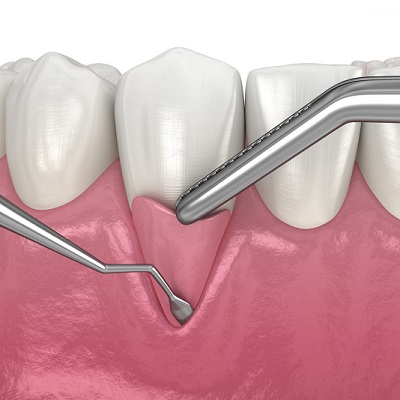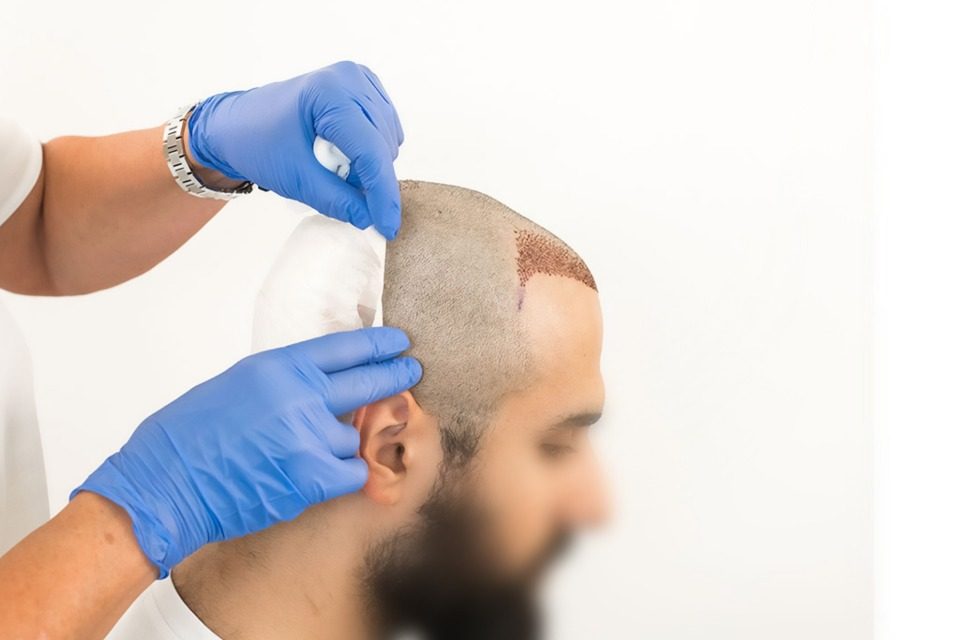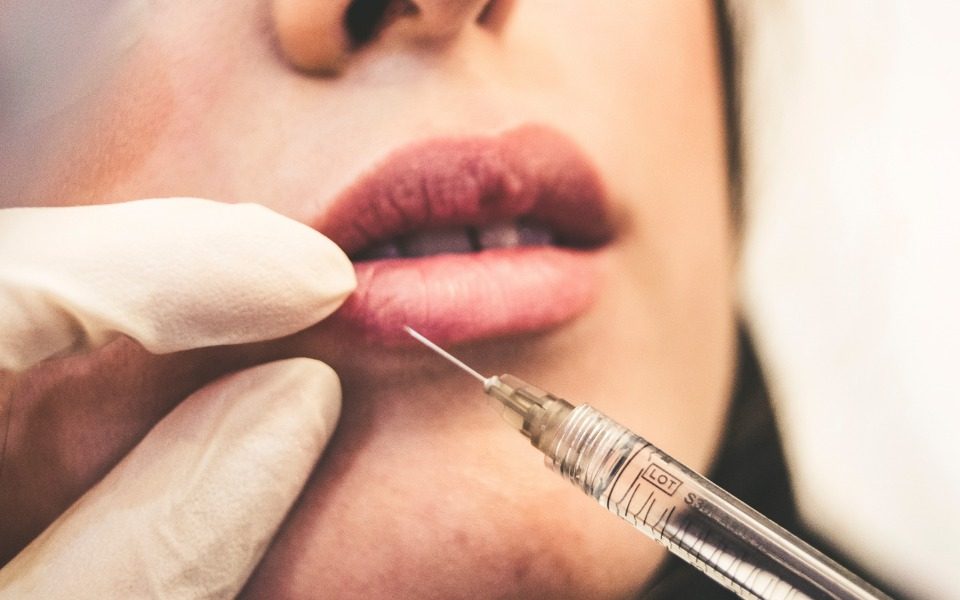 Gum grafting is a dental procedure that often remains shrouded in mystery for many. However, its significance in maintaining oral health cannot be overstated. In this comprehensive guide, we will delve into the intricacies of gum grafting, exploring its types, procedures, benefits, and much more.
Gum grafting is a dental procedure that often remains shrouded in mystery for many. However, its significance in maintaining oral health cannot be overstated. In this comprehensive guide, we will delve into the intricacies of gum grafting, exploring its types, procedures, benefits, and much more.
Understanding Gum Grafting:
Definition and Purpose:
Gum grafting, also known as periodontal surgery, involves the transplantation of healthy gum tissue to areas with receding or damaged gums. The primary purpose is to restore the gum line, preventing further recession and improving the overall health of the oral cavity.
Common Reasons for Needing Gum Grafts:
Gum recession can result from various factors, including aggressive tooth brushing, genetics, periodontal disease, or simply aging. Gum grafting becomes necessary when the gum tissue has receded significantly, exposing the tooth roots and causing potential complications.
Types of Gum Grafts:
Connective Tissue Grafts:
One of the most common types, connective tissue grafts involve taking a small piece of tissue from the roof of the mouth and attaching it to the receding gum area.
Free Gingival Grafts:
This type utilizes a small graft of tissue directly from the palate, offering thick grafts suitable for individuals with naturally thin gums.
Pedicle Grafts:
In pedicle grafts, the tissue is borrowed from the gum near the affected area, ensuring a continuous blood supply.
When is Gum Grafting Necessary?
Receding Gums and its Consequences:
Receding gums not only affect the aesthetic appearance of one’s smile but can lead to increased tooth sensitivity, root exposure, and, if left untreated, tooth loss.
Factors Contributing to Gum Recession:
Understanding the causes, such as aggressive brushing, smoking, or poor oral hygiene, is crucial in preventing and addressing gum recession.
The Gum Grafting Procedure:
Pre-operative Preparations:
Before undergoing gum grafting, patients may need to follow specific guidelines, including refraining from certain medications and maintaining good oral hygiene.
Steps Involved in the Surgery:
The actual procedure involves careful graft placement, ensuring optimal integration with existing gum tissue and promoting a seamless aesthetic result.
Post-operative Care and Recovery:
Patients must adhere to post-operative care instructions, including dietary restrictions, proper oral hygiene practices, and attending follow-up appointments.
Benefits of Gum Grafting:
Improved Aesthetics:
Gum grafting can significantly enhance the appearance of a smile by restoring a natural gum line and covering exposed tooth roots.
Enhanced Oral Health:
Beyond aesthetics, gum grafting contributes to better oral health, reducing the risk of cavities, infections, and other complications associated with gum recession.
Prevention of Further Gum Recession:
By addressing the root cause and restoring lost gum tissue, gum grafting prevents the progression of gum recession, safeguarding long-term oral health.
Risks and Complications:
Potential Side Effects:
While gum grafting is generally safe, patients may experience mild swelling, discomfort, or bleeding in the initial days following the procedure.
How to Minimize Risks:
Following post-operative care instructions diligently and choosing a qualified periodontist are crucial in minimizing potential risks and complications.
Recovery and Aftercare Tips:
Foods to Avoid:
Soft and non-irritating foods are recommended during the initial stages of recovery to avoid unnecessary strain on the healing gum tissue.
Maintaining Oral Hygiene Post-surgery:
Proper oral care, including gentle brushing and the use of prescribed mouthwashes, is vital for a smooth recovery and lasting results.
Follow-up Appointments:
Regular follow-up appointments with the periodontist allow for the monitoring of progress and addressing any concerns promptly.
Cost of Gum Grafting:
Factors Influencing the Cost:
The cost of gum grafting varies based on factors such as the type of graft, the extent of recession, and the location of the dental clinic.
Alternatives to Gum Grafting:
Non-surgical Options:
Certain non-invasive treatments, such as topical medications and lifestyle changes, may help address mild gum recession without the need for surgery.
Lifestyle Changes for Gum Health:
Maintaining a healthy lifestyle, including a balanced diet and avoiding tobacco products, can contribute to overall gum health and reduce the risk of recession.
Choosing a Qualified Periodontist:
Credentials and Experience:
When considering gum grafting, it’s essential to choose a periodontist with proper credentials, extensive experience, and a track record of successful procedures.
Patient Reviews and Testimonials:
Feedback from previous patients provides valuable insights into the competence and reliability of a periodontist, aiding in the decision-making process.
Real-Life Experiences:
Success Stories:
Reading about positive experiences from individuals who have undergone gum grafting can alleviate concerns and provide a realistic view of the procedure’s outcomes.
Common Concerns Addressed:
Addressing common fears and uncertainties associated with gum grafting helps prospective patients make informed decisions about their oral health.
Myths Surrounding Gum Grafting:
Dispelling Misconceptions:
Separating fact from fiction, we debunk common myths surrounding gum grafting, ensuring accurate information for those considering the procedure.
Facts vs. Fiction:
From pain levels to recovery time, we set the record straight on the realities of gum grafting, dispelling any unfounded myths.
Future Trends in Gum Grafting:
Advancements in Technology:
Ongoing advancements in dental technology promise more efficient and less invasive gum grafting procedures, benefiting patients in the future.
Potential Breakthroughs:
Research and development in the field may lead to groundbreaking techniques and materials, further improving the success and accessibility of gum grafting.
Conclusion:
In conclusion, gum grafting stands as a transformative solution for individuals facing the challenges of gum recession. Beyond aesthetic improvements, this procedure offers lasting benefits for overall oral health. If you’re considering gum grafting, consult with a qualified periodontist to explore personalized solutions tailored to your needs.



